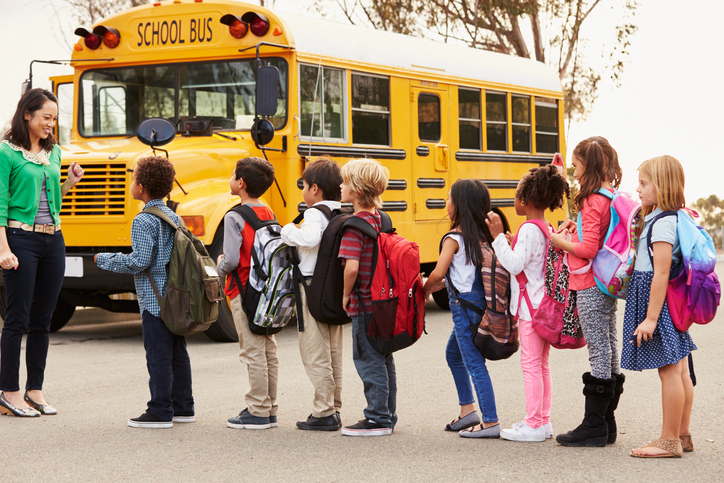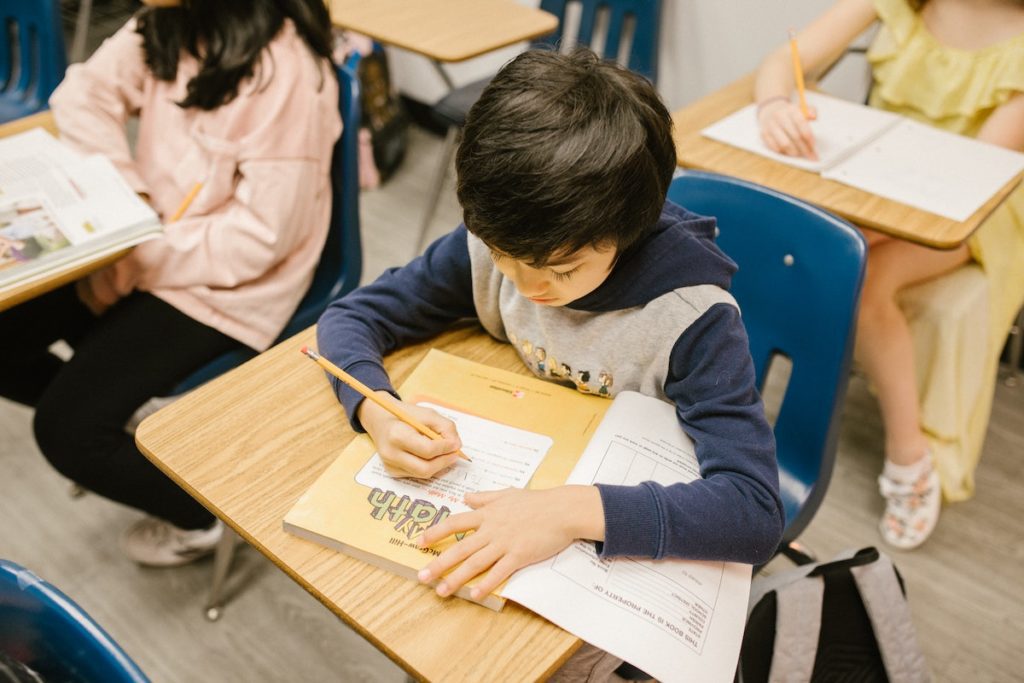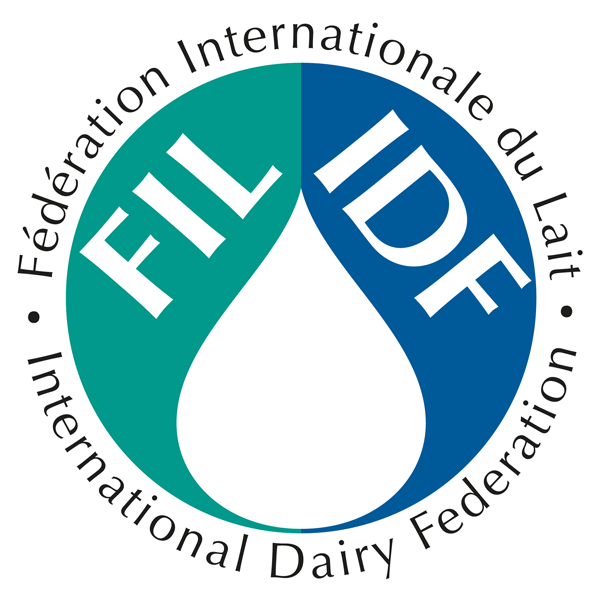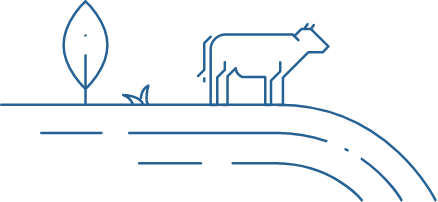Share this page
The smarter lunchrooms movement of California
Creating sustainable, research-based practices in the lunchrooms that guide students toward smarter choices in the school cafeteria

Location
California
Number of children
400,000
Age range
Grades K-12
Timing
2013-present
Program overview
The Smarter Lunchrooms Movement (SLM) was founded in 2009 by the Cornell Center for Behavioral Economics in Child Nutrition Programs. Its goal was to create sustainable, research-based practices in the lunchrooms that guide students toward smarter choices in the school cafeteria.
Over 500 schools have received direct intervention for improving the school food environment including milk and dairy foods. The Smarter Lunchrooms Movement of California (SLM of CA) map highlights school districts where certified Technical Advising Professionals (TAPs) partnered with school nutrition departments to empower students to make healthy eating choices.
The map to the right reflects scorecards completed by TAPs at partnering agencies throughout California during the 2014-2019 school years and demonstrates the wide range of school districts that are engaged in the Smarter Lunchrooms Movement.
Type of products
School meals including fluid milk and dairy foods
Stakeholder engaged
School districts, school food service departments, community partners, students
Additional details
SLM is a national movement that uses evidence-based strategies that are low-cost or free of charge to nudge students to make healthier choices on their own. Strategies include changing the way food choices are presented including positive positioning of milk in school food environments. The SLM is based on behavioral economics theory and is successful in increasing student selection and consumption of healthier foods in schools across the nation.
Currently, partner organizations provide in-kind services including support by technical advising professionals, free nutrition education resources and leadership through participation in the SLM of CA collaborative. Since the intent of the program is to use low-cost or free of charge strategies to nudge students to make healthier choices, any cost incurred in implementing SLM is typically absorbed by the school district.
The California Department of Education (CDE) was awarded a Team Nutrition (TN) grant by the Food and Nutrition Service (FNS) of the U.S. Department of Agriculture for federal fiscal year 2015–17. With this funding, the CDE expanded the successful Smarter Lunchrooms Movement of California (SLM of CA) delivery model, which was launched in 2013 by the SLM of CA collaborative.

Organization
Smarter Lunchrooms Movement of California member organizations



Monitoring & impact
Individual schools are assessed using the Smarter Lunchrooms Movement scorecard to identify possible interventions the schools can implement and to monitor ongoing implementation of Smarter Lunchrooms Movement practices. When these scorecards are completed by Certified Technical Advising Professionals (TAPs) the scorecard data is entered into an online portal and collectively analysed at the end of each school year to identify how schools are implementing Smarter Lunchrooms Movement strategies. This data also informs the Smarter Lunchrooms Movement of California map, which highlights school districts where scorecards were completed by TAPs.


Dietary guidelines
School meals are required to meet the Dietary Guidelines for Americans. To receive federal reimbursements, school meal programs must offer meals that meet strict federal nutrition standards. These standards require schools to offer students specific amounts of fruits, vegetables, low-fat or fat-free milk, whole grains and lean protein with every meal. Smarter Lunchrooms Movement strategies encourage consumption of school meals.
For additional information about federal nutrition standards in the US, visit the United States Department of Agriculture Food and Nutrition Service’s website
Resources






